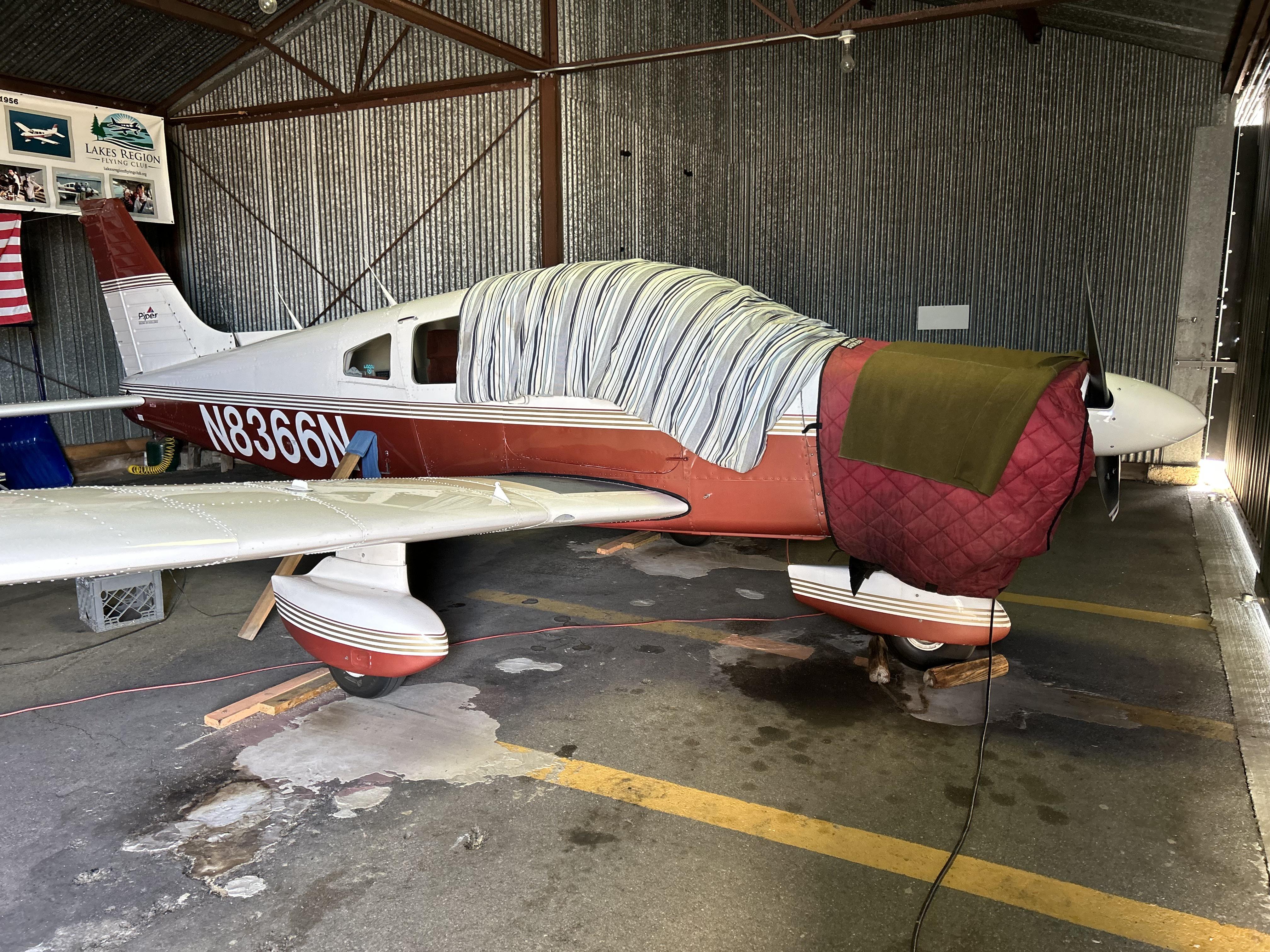Is there an empirical data to support that? Just how much moisture can condense out of cold air? Or is it something else that causes the issue?
We had a discussion on this several years ago. One POAer did some calculations based on ambient temperatures, the amount of water that could be held by that air at 100% relative humidity, the amount of air exchange with fairly large temperature swings, and so on. Assuming that ALL the moisture in the air that went in was left there (which it isn't) after the air came out again, for many cycles (a month or so), the amount of water was pretty tiny. This was in relation to lightweight fuel tanks, which experience larger temp swings than an engine with all its mass. The amount of air within a crankcase is also pretty small. All the moving stuff within it takes up much of the airspace.
I redid those calculations myself a few years ago, and sure enough, the amount of moisture is really small. My own A-65 engine sat outside in a swampy area for ten years, with all the severe temp swings that happen in mid-latitude Canada, before I owned it. It had almost no corrosion at all, and that engine had been built in 1946 and had less than 1100 hours on it.
On the other hand, as a mechanic I found numerous engines badly corroded inside. The common factor there? Ground-running without flying. I have taken rocker covers off after a ground run, to find lots of water in the rocker box, condensed from combustion blowby gases. This was in our flight school airplanes that flew every day, hard, and went to TBO with no problems at all. The water was from that ground run.
but by keeping it warmer than ambient I think the moisture trend is in to out.
Warmth also increases the rate of corrosion.



